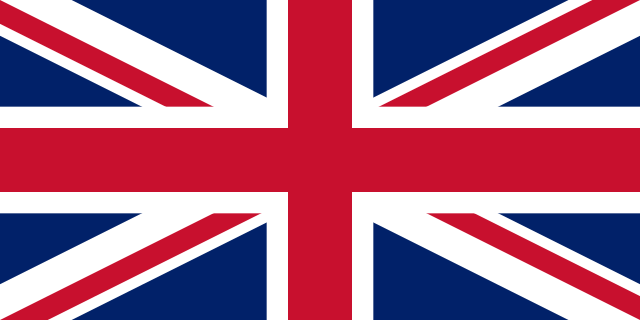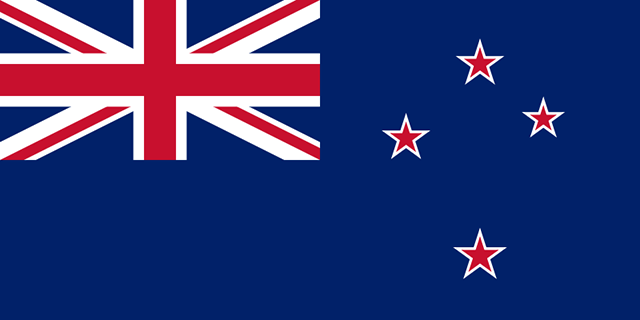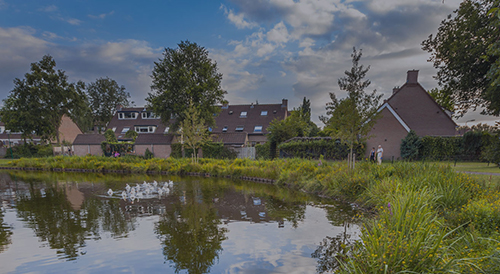Urban stormwater modelling approaches in NZ and the UK

ABSTRACT
Between 2019 and 2020 Metis Consultants and Awa Environmental collaborated to deliver eleven large urban stormwater models in the United Kingdom (areas modelled ranged from 500ha to 2000ha). The purpose of the work was to update the national Risk of Flooding from Surface Water (RoFSW) mapping including flood depth, velocity and hazard information. The RoFSW map currently includes only 5% coverage of detailed local mapping of surface water flood risk, provided by Local Authorities to date. The aim was to increase this proportion with priority to include higher risk areas that were in a national level ‘Flood Risk Area’, in a strategic growth area or had experienced significant surface water flooding. The modelling needed to:
- Be compliant with the national RoFSW Technical Specification – which delivers the Flood Risk Regulations (2009) and EU Floods Directive;
- Follow (where practical) local modelling technical specifications;
- Follow good practice guidance provided in the WaPUG / CIWEM UDG Code of Practice for the Hydraulic Modelling of Urban Drainage System (2017), Rainfall Guide (2016) and Integrated Urban Drainage Modelling Guide (2009); and
- Represent all key components influencing stormwater flooding – including interactions with river systems and combined drainage networks.
Metis and Awa built the models using two Innovyze products (XP STORM and InfoWorks ICM) depending on individual client requirements. During the model build process it became apparent that there were some fundamental differences in the overall purpose and technical approaches used in NZ and the UK for this type of model. This case study will explore these differences which includes:
- Motivation to undertake modelling in the first place;
- National / local technical standards;
- Hydrological approaches; and
- Specific hydraulic approaches using a case study.
The case study will draw together lessons learned and how NZ / UK could use each other’s experiences – including how the ongoing three waters reforms could benefit from similar approaches in the UK and the implementation of national modelling standards.
The full paper is available to download below.



